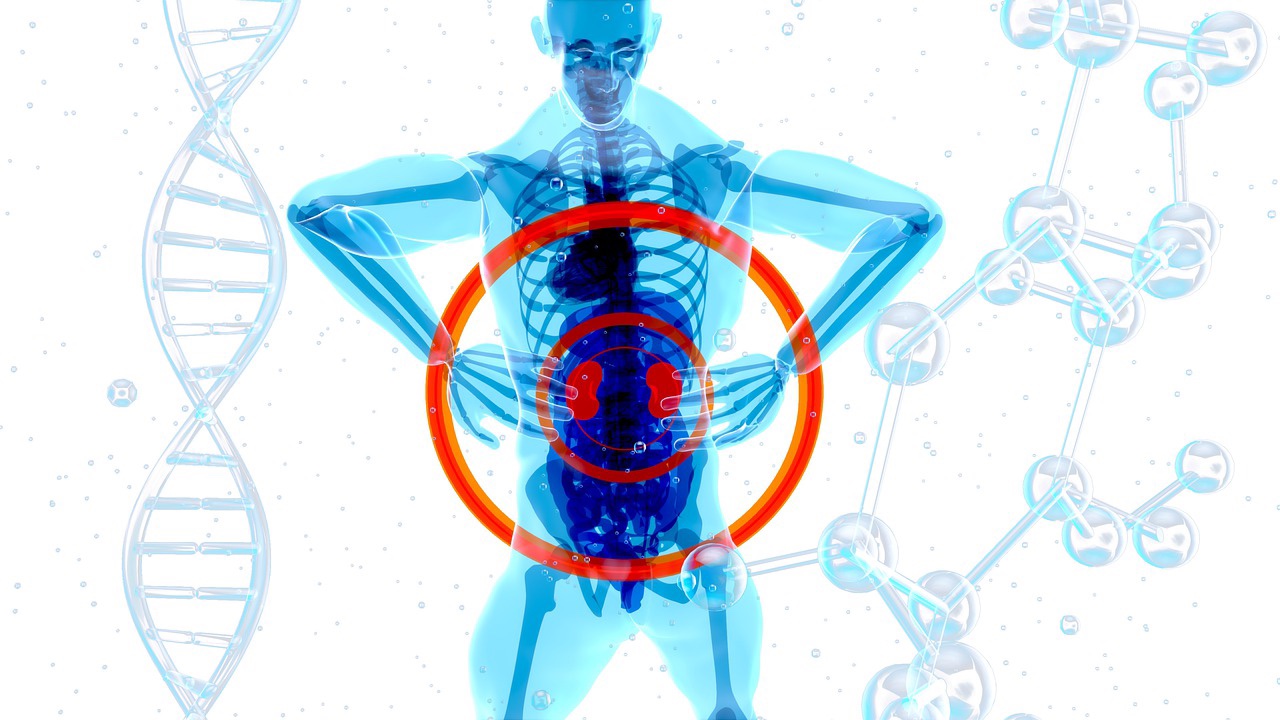
There is a palpable fear in the medical community about using IV dyes for contrast imaging in patients with renal disease, often overdone. Someone even coined a term for this overly fearful fixation on kidneys from IV dyes – ‘Renalism’ . Let’s clarify a few practical considerations quick in patients already on dialysis. CT & MRIs use different type of dyes with different risks.
CT scans: These use Iodine-based IV contrast dyes. The big fear with these dyes is Acute Kidney Injury (AKI) from Contrast Induced Nephropathy (CIN). If a patient is already on chronic regular dialysis and makes zero or negligible urine, we don’t need to worry about those kidneys anymore – those kidneys have already said their Big Adios & are dead 💀 as a dodo ! So IV iodinated contrast for CT scans in such patients is ok without any need for urgent dialysis after. Two exceptions to remember :
- Soft exception: If the patient is on chronic dialysis & still makes some urine daily, then better time the contrast CT to have dialysis happen within the next 24 hours & consider starting maintenance isotonic fluids IV prior to procedure.
- Not so soft exception: If the dialysis is acute & considered temporary with renal function expected to improve, then avoid IV contrast imaging. If absolutely needed, discuss with the Nephrologist first.
MRI scans: These use Gadolinium based contrast dyes with natural magnetic properties that make them useful in magnetic fields used in MRIs. The big fear with these dyes is Nephrogenic Systemic Fibrosis (NSF), a rare but severely disabling condition, more common with the older dyes (Group I ) . Most places have moved away from using that vintage dye and instead utilize the newer Group II and Group III dyes with much less risk of NSF (thought to be less than 1%). For patients on dialysis, this risk still persists, hence timing the contrast procedure to happen 2 to 4 hours prior to scheduled dialysis session is recommended. Good to discuss with the radiologist since these guidelines keep evolving
